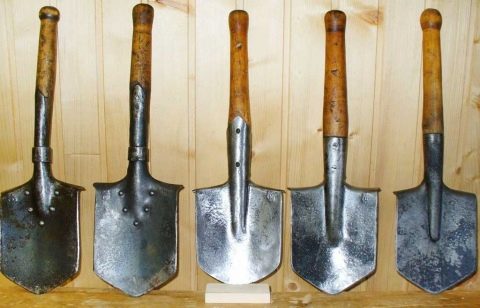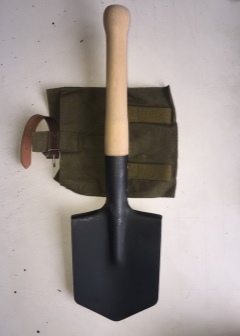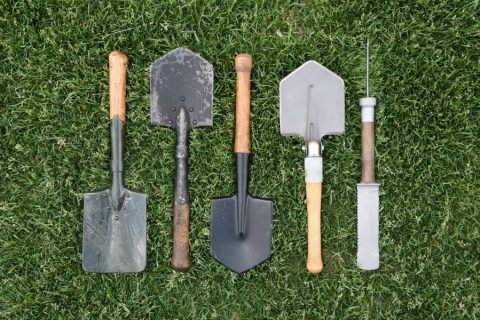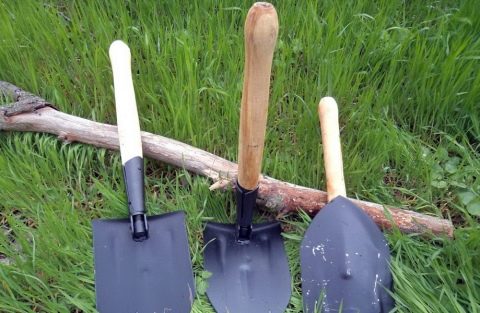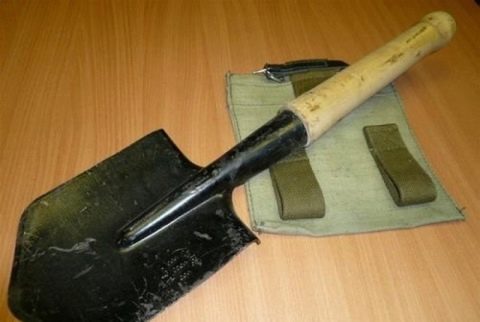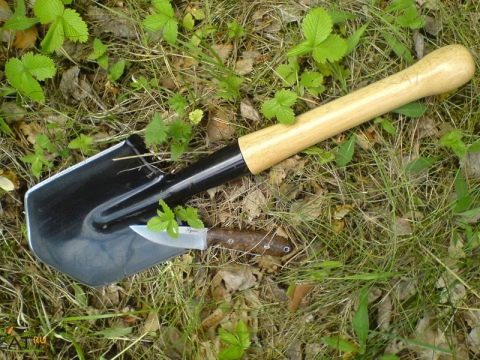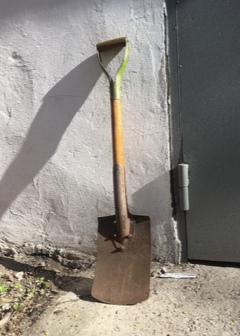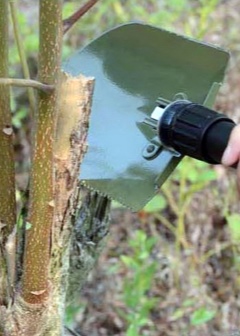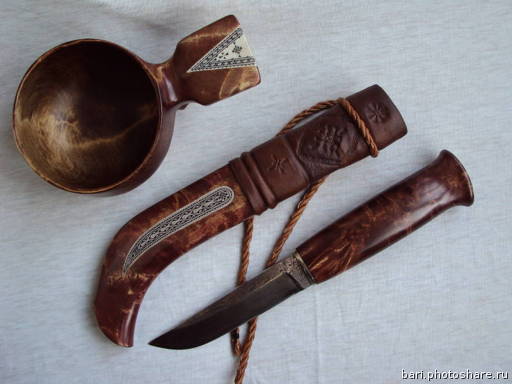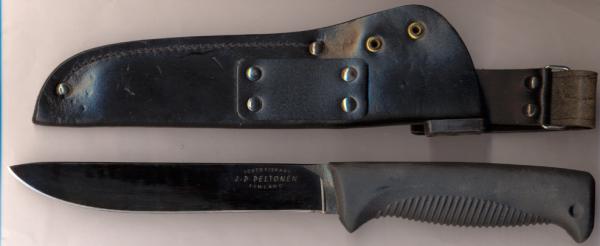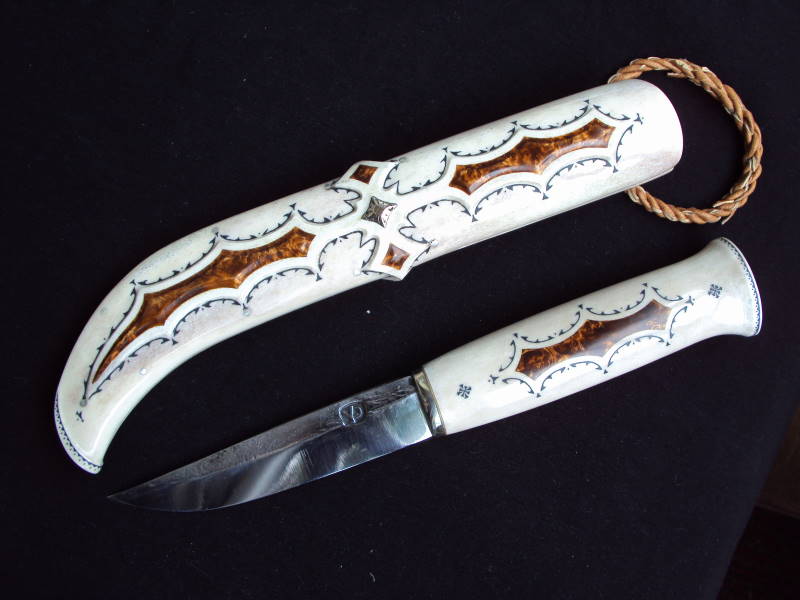A bit of history
The Small Infantry Shovel (MPL) was invented by Danish officer Mads Linnemann in 1869 and later patented. In 1871, Linnemann opened production in Austria and soon received one of the largest orders from the Russian Empire, where the invention was well appreciated. And here the question arises: why did other countries ignore such a useful invention of Linnemann? It's simple. The armed forces of other countries took Linnemann's idea as a basis and made small changes in its design, thereby creating a new one.
If we talk about the Russian Empire, then in those days a large sapper shovel 110 cm long (BSL-110) was in service, which was used by sappers. But gradually the Linnemannian version supplanted it due to the ease of use - after all, a large sapper shovel, unlike the MPL, could only work while standing in full growth.
Over the years of the MPL's existence, not only the materials for its production have changed, but also its appearance. One major change in the design of this tool occurred in the post-war period, in the fifties of the XX century: the shovel became pentagonal, which made it even easier to use, it became easier for soldiers to dig in during battles.
To this day, the MPL is used in all types of modern infantry, and this is not surprising, because its scope is very diverse.
You can also often notice that the small infantry shovel is called "sapper", probably because of some similarity with the "older sister" - BSL-110, but this wording will be incorrect.
The use of a shovel during the Second World War

During the Second World War, the soldiers of the USSR were equipped with small sapper (infantry) shovels. A soldier trained in the MPL's possession could dig in in 10 minutes (make a trench for lying down). The very first trench battle showed all the advantages of an infantry shovel as a weapon. Soviet soldiers, accustomed to working a lot with shovels, used them to chop down enemies like axes.
The folding sapper shovel used by the Germans could be fixed in various positions and was much more convenient for digging and transporting. But the fight with such a shovel was difficult, since the pedantic Germans simply did not imagine how a trench tool could be used for battle. The more terrible they seemed to be the Soviet fighters, chopping with a sapper shovel to the right and left.
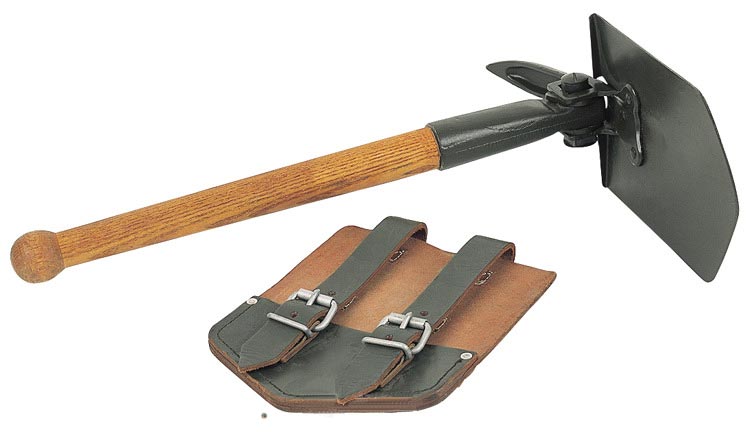
Despite its outstanding fighting qualities, the main function of the small infantry shovel is digging trenches. Shoveling often had to be done on the knees and under enemy fire, so a large shovel was inappropriate in such cases.
Household use
Nowadays, tourists and hunters have become the main users of the MPL (except for the military). A sharpened shovel can perfectly chop branches, chop off ice, with its help you can make pegs for a tent and cut a wire. Thanks to its compact size, it does not restrict movement and does not cling to branches. In case of danger, the shovel can be used as a weapon.
A few more unusual ways to use MPL:
- As an oar for a boat or raft;
- You can use a shovel bayonet as a jack support;
- A sharp shovel does an excellent job of chopping wood and shredding food;
- The shovel can be used as a frying pan.
It is better not to abuse the last point, since it is not hygienic and with intense heating, the bayonet of the shovel can lose hardening.
Choosing a small infantry shovel
Nowadays, it is not difficult to MPL 50 from military storage. The most common samples are from the second half of the 80s. Sometimes you come across infantry blades of the 40-50s, which are distinguished by better quality bayonet steel.Unfortunately, such samples are becoming less and less every year, so when you come across them on sale, do not hesitate and buy several pieces at once - since their cost is relatively low. Such models can be distinguished by the factory hallmark, which indicates the year of manufacture.
After more than a hundred years of combat service, the small infantry shovel is still in service. It is no coincidence that Russian special forces pays so much attention to practicing combat techniques with a small infantry shovel.

Article author:
ULFHED
I am fond of martial arts with weapons, historical fencing. I am writing about weapons and military equipment because it is interesting and familiar to me. I often learn a lot of new things and want to share these facts with people who are not indifferent to military topics.

